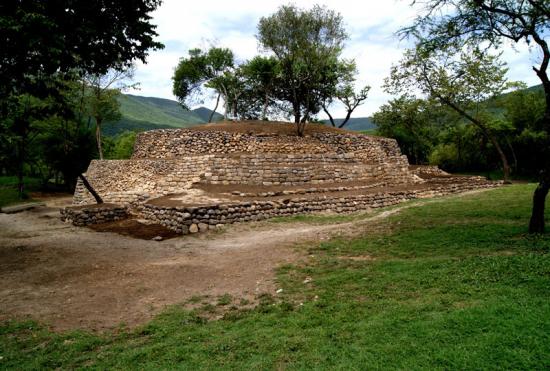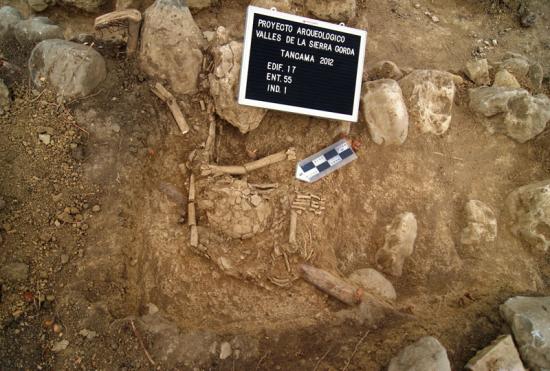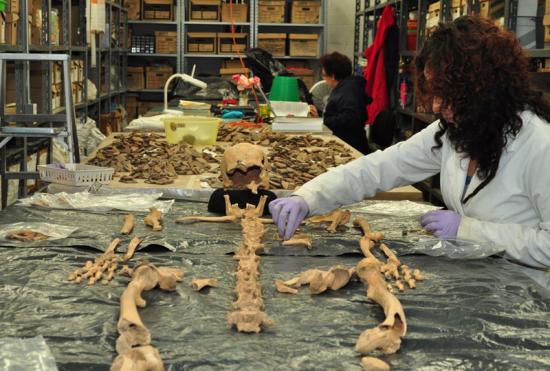EFE / Photos INAH
Source - http://latino.foxnews.com/latino/entertainment/2012/08/24/mexican-experts-find-human-skeletons-some-850-years-old/
Mexican specialists found 15 graves with entire human skeletons estimated at more than 850 years old at an archaeological site in the central state of Queretaro, the National Anthropology and History Institute, or INAH, said.
The experts made the discovery in the archaeological area of Tancama in the Sierra Gorda mountains of Queretaro while reinforcing a structure called Building 17 of the Huastec complex.

Jorge Alberto Quiroz, head of the dig at Tancama, said that the skeletons were taken to the Comparative Archaeological Collections Department of INAH in Mexico City.

There Dr. Cristina Garcia Pura will do the cleaning and the palaeopathological and taxonomic analyses of the bones to determine the number of complete skeletons as well as the age, sex and possible diseases of the individuals.

While waiting for the analyses that will allow the remains to be dated with precision, Quiroz said that finding them inside the ruins of the building could possibly mean that they were buried there around 1150 A.D. when Tancama had been abandoned for at least two centuries.
"Perhaps (the remains) show that the buildings were repurposed and that people already settled elsewhere returned to this city to bury their dead in some of the buildings. This hypothesis would have to be confirmed by research," Quiroz said.
For her part, Garcia Pura noted that added to the skeletal remains just discovered are 64 skulls of individuals less than 18 years of age, mostly males, found in the same pre-Columbian building in 2001.
Finding them together with ceramic pieces of the Black Zaquil type as offerings means that these skulls go back to the time when the city was at its peak, between 500 and 700 A.D.
"Discoveries like this tend to be sacrificial offerings, since during that period in Mesoamerica, the feet, hands and skull were considered the most important parts of the body - and so were often included in burials as offerings to the gods," the expert said.
The pre-Columbian settlement of Tancama prospered between 250 and 800 A.D., though it was at its height between 500 and 750 A.D.
The Huastec culture, characterized by a language of Mayan origin from which the current Huastec tongue is derived, developed across a vast region of Mexico that included the states of Veracruz, San Luis Potosi, Hidalgo, Tamaulipas, Queretaro and Puebla. EFE